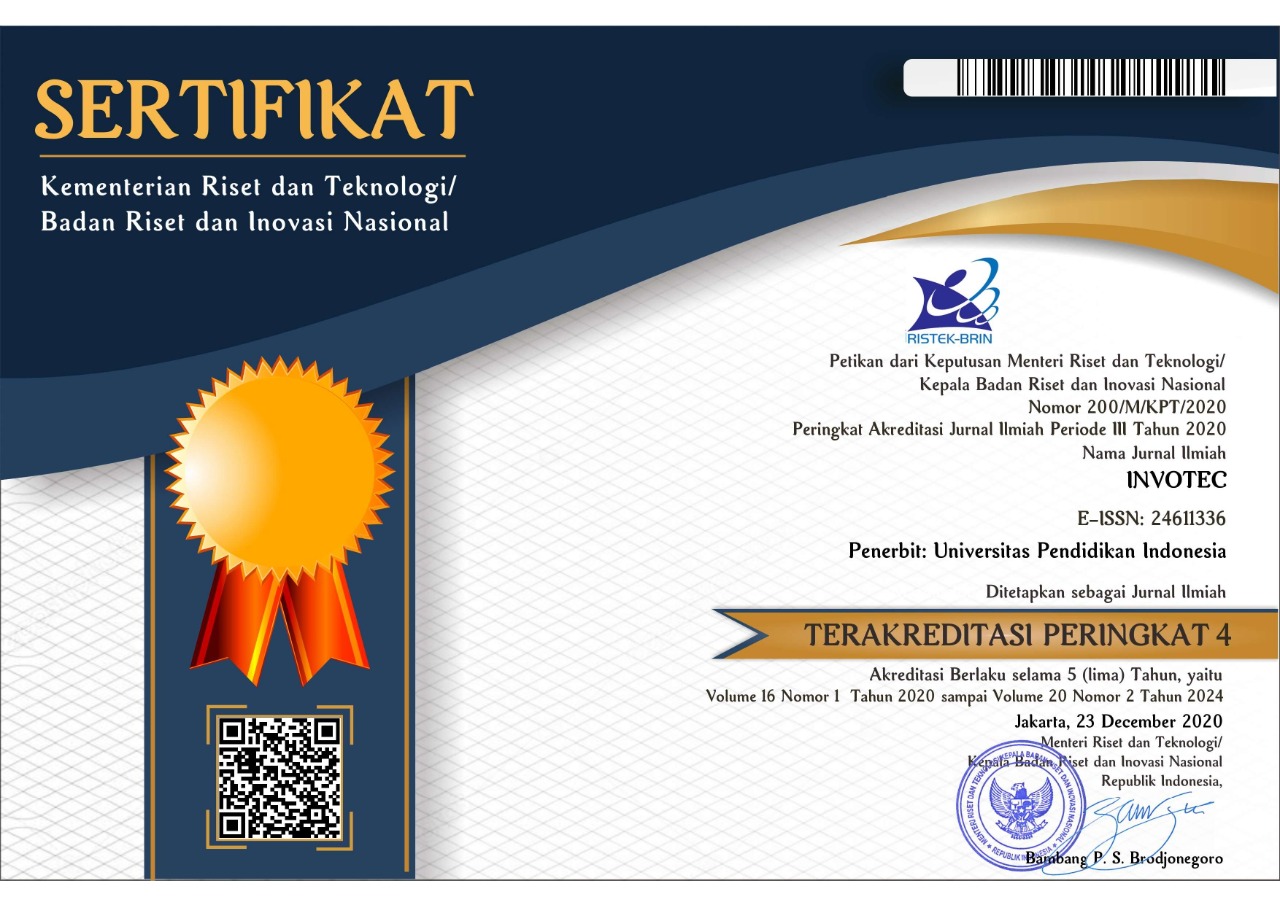Gender Relations in The Technical Education Field
Abstract
Harmonious gender relations between men and women is needed to achieve gender equality and gender equity. The purpose of this article is to find out gender relations in engineering, especially mechanical engineering in metal casting. Relationships between male and female students and relations between male and female students and lecturers. The qualitative research is the Phenomenology technique. The informants in this study were 10 students with 4 men and 6 women and a lecturer in a Polytechnic Bandung. The results showed that the relation between male and female students did not make any difference in the process of theory and practice learning. The relationship between lecturers, male, and female students also established without any difference in the men and women gender in carrying out the task of theory and practice learning. A patriarchal culture that hinders interaction between men and women genders and lecturers who used to be attached to the engineering field has begun to disappear. The research development on gender relations in engineering must still be the focus of scientists research.
Keywords
Full Text:
PDFReferences
ACDP (Education Sector Analytical and Capacity Development Partnership). (2013). Gender Equality in Education in Indonesia. Jakarta.
Corbett, C., and Hill, C. (2015). Solving the Equation: The Variables for Women's Success in Engineering and Computing. American Association of Women's University. 1111 Sixteenth Street NW, Washington, DC 20036.
Dasgupta, N., Scircle, M. M., and Hunsinger, M. (2015). Female peers in small workgroups enhance women's motivation, verbal participation, and career aspirations in engineering. Proceedings of the National Academy of Sciences, 201422822.
Eurydice. (2010). Focus on Higher Education in Europe 2010: New Report on the impact of the Bologna Process. Bologna: EACEA.
Gillen, J. (2013). The Prospects of Measures for the Advance of Gender Equality in TVET. Shanghai.
Hill, C., Corbett, C., and St. Rose, A. (2010). Why so few? Women in science, technology, engineering, and mathematics. American Association of Women's University. 1111 Sixteenth Street NW, Washington, DC 20036.
Mc Millan, J. H., and Schumacher, S. (2001). Study in Education. New York: Harper Collins.
Popa, O., and Bucur, N. (2014). Gender Discrimination and Educations Practitioners, Reality, Perception, Possible Solutions. Procedia - Social and Behavioral Sciences, 127, 459-463.
Reuben, E. (2014). New Research Proves Gender Bias Extraordinary Prevalent in STEM Careers. New York: Columbia Business School.
Rivers, E. (2017). Women, Minorities, and Persons with Disabilities in Science and Engineering. National Science Foundation.
Silim, A., and Crosse, C. (2014). Women in engineering: Fixing the talent pipeline. Institute for Public Policy Research.
Smith, K., and Gayles, J. (2018). "Girl Power": Gendered Academic and Workplace Experiences of the College of Women in Engineering. Social Sciences, 7 (1), 11.
UNGEI (United Nations Girls Education Initiative). (2012). Gender Analysis in Education. New York.
Yatskiv, I. (2017). Why don't women choose stem? Gender equality in stem careers in Latvia. International Journal on Information Technologies & Security, 79-88.
DOI: https://doi.org/10.17509/invotec.v15i2.19637
Refbacks
- There are currently no refbacks.
Copyright (c) 2019 Innovation of Vocational Technology Education

This work is licensed under a Creative Commons Attribution-ShareAlike 4.0 International License.
This journal provides immediate open access to its content on the principle that making research freely available to the public supports a greater global exchange of knowledge.

This work is licensed under a Lisensi Creative Commons Atribusi-BerbagiSerupa 4.0 Internasional.


